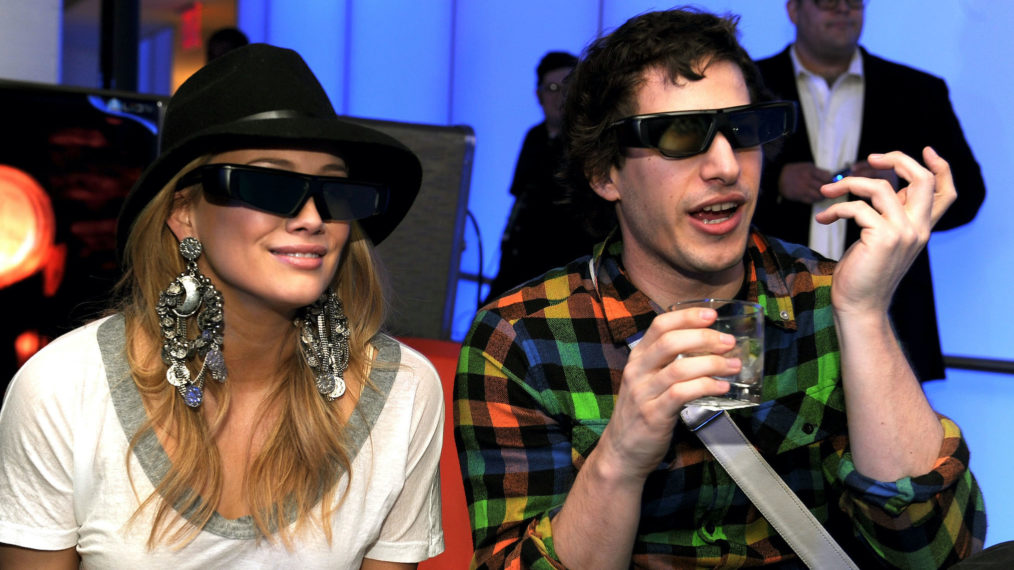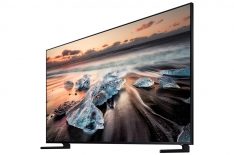Why Didn’t 3D Television Catch On?

Ten years ago this month, ESPN 3D launched to great fanfare, offering sports coverage broadcast in 3D for viewers with compatible TV sets. “ESPN 3D marries great content with new technology to enhance the fan’s viewing experience and puts ESPN at the forefront of the next big advance for TV viewing,” then-ESPN President George Bodenheimer raved when the channel was announced.
Except … it wasn’t the next big advance. ESPN 3D shut down three years later “due to limited viewer adoption of 3D services to the home” — though ESPN vowed to be ready “if or when 3D does take off.” The following month, BBC announced it would be suspending its 3D programming due to a “lack of public appetite.”
So what happened? Why did 3D television die a slow death?
For one, viewers had to have a 3D television set to enjoy 3D content, and manufacturers had a hard time persuading consumers to shell out extra money for a feature that wasn’t universally supported — especially when so many U.S. consumers had just purchased new televisions a couple years earlier to accommodate the shift from analog to digital TV broadcasts.
The technology was far from perfect, too. 3D glasses were typically expensive and brand-specific. The 3D image often appeared too dim. Some 3D televisions had a narrow viewing angle. Many viewers suffered eye strain while watching 3D televisions. The market was saturated with movies and TV shows retroactively converted to 3D in post-production or even in real time, with jarring results. And frankly, many people watch TV passively, multitasking with the TV on in the background. In a 2019 obituary for 3D television, Wired’s Brian Barrett argued that the 3D television industry “steadfastly ignored how human beings actually use technology, because doing so meant companies could charge more for it.”
By 2013, industry watchdogs were declaring that the fad was over — and rightly speculating that 3D TVs would soon be replaced by 4K, 8K, and OLED TVs. LG and Sony, the last two holdouts in the 3D TV biz, dropped 3D support in 2017, following in the footsteps of Samsung and Vizio.
Then there was the dearth of 3D programming. Aside from ESPN 3D and select other channels dedicated to three-dimensional programming, 3D content was mostly limited to 3D movies on Blu-ray. Plus, the content that was available wasn’t exactly revolutionary, as Mike McGuire, VP Analyst for Gartner, explained to Computerworld in 2013. “If the actual experience was so staggeringly cool, if a baseball or football game, or a TV drama, took on new meaning and was much more enjoyable than standard TV, we’d all have 3D TVs and 3D TV content,” he said. “I just don’t think the 3D TV experience ever managed to blow the minds of enough people.”
(Even 3D cinema has lost its luster. 3D box office revenue in the United States and Canada fell from $2.2 billion in 2010 to $1.3 billion in 2017, and then a 2018 MPAA report revealed global 3D box office dropped 20 percent between 2017 and 2018.)
So yes, 3D television is dead. But don’t count out a resurrection. A company called Light Field Lab has been developing a true holographic display that can bring 3D holograms into viewers’ living rooms, according to a 2018 Variety dispatch. Nine months later, the company had raised $28 million to build large holographic displays, per VentureBeat.
Perhaps 3D television will have a second chance, if holographic displays can woo consumers and content creators. And perhaps ESPN 3D will live to see another day.








